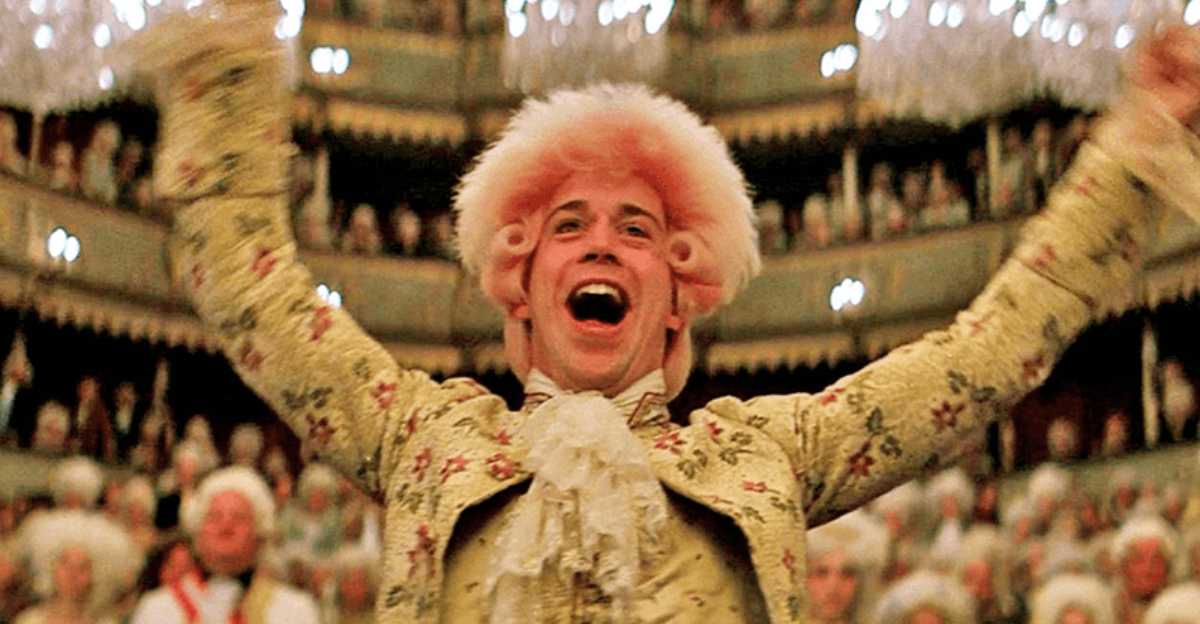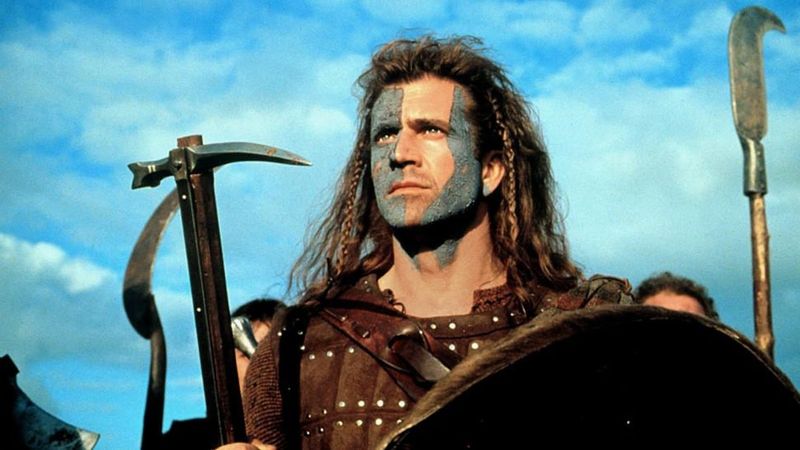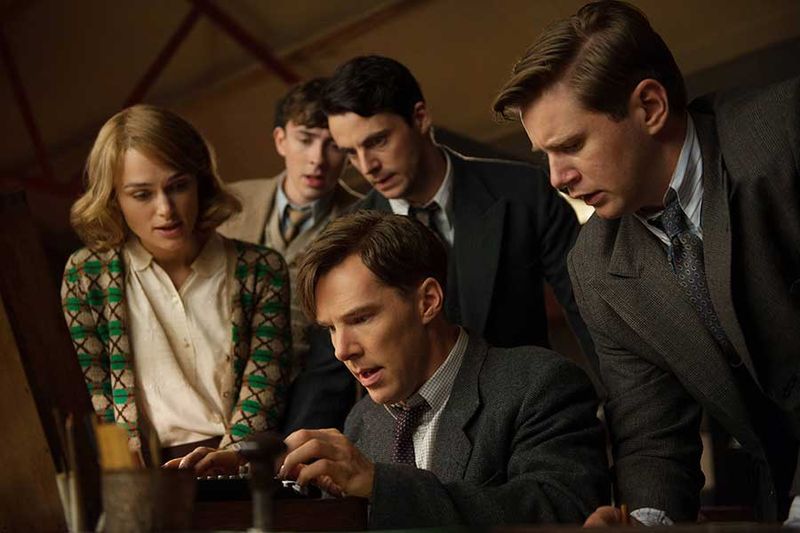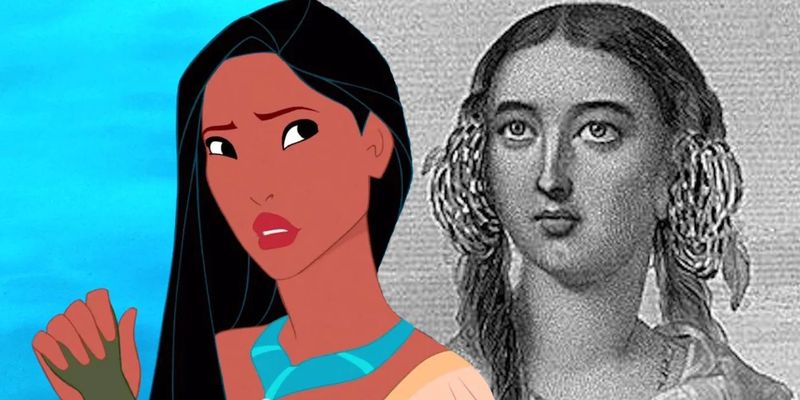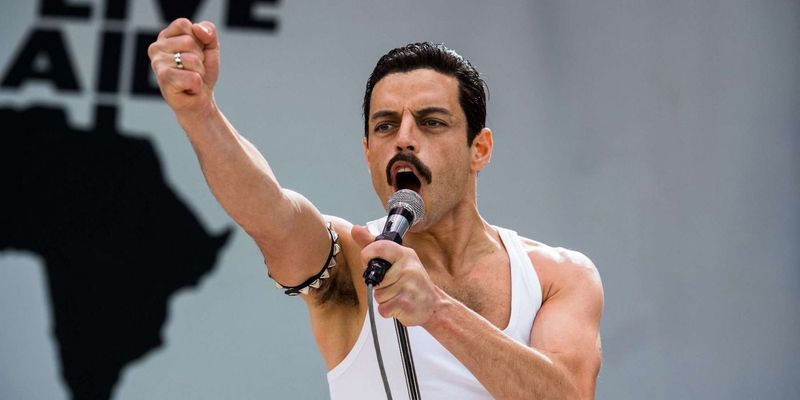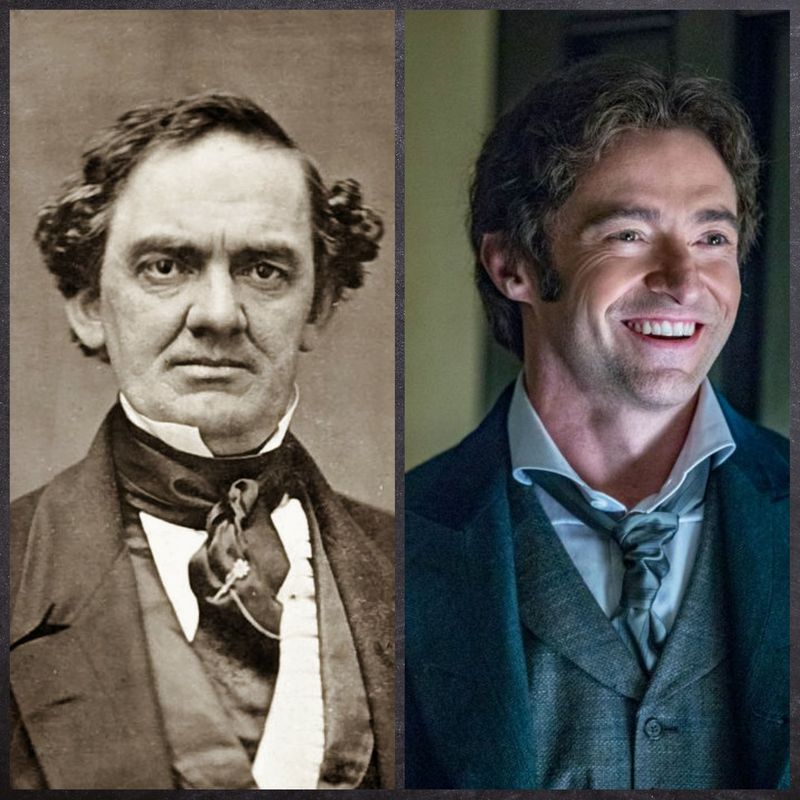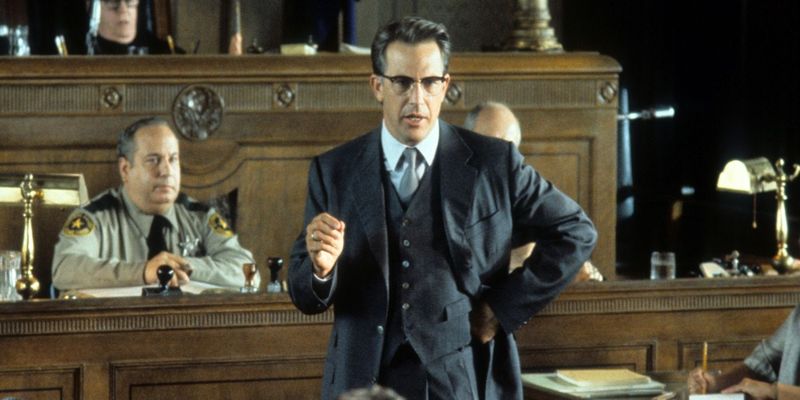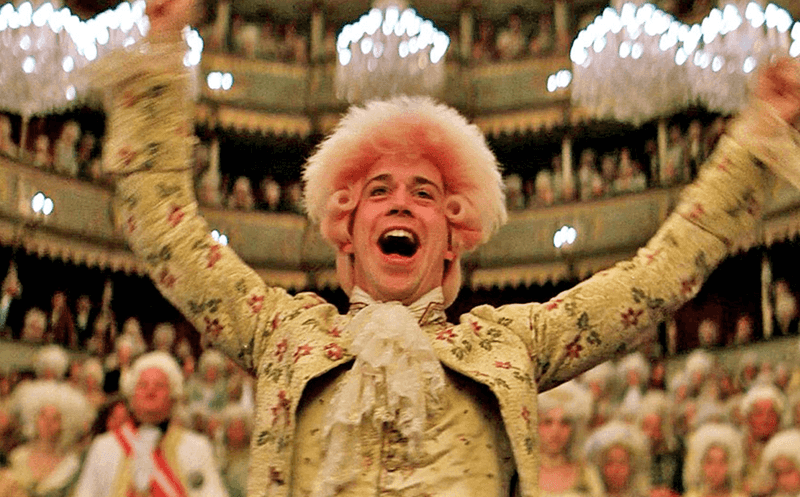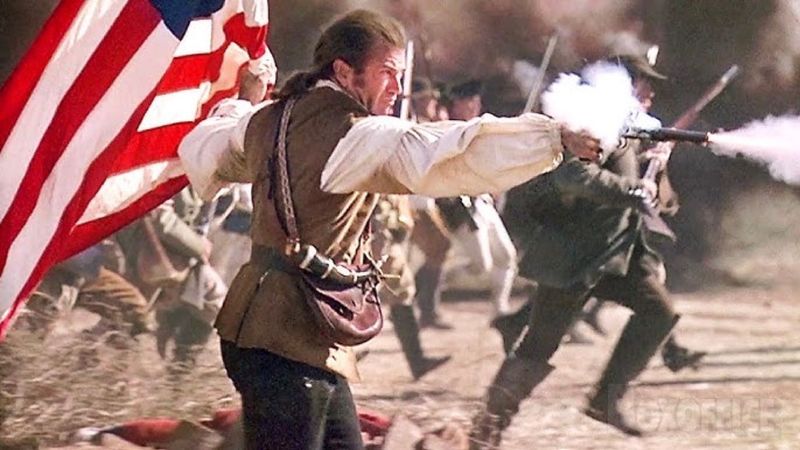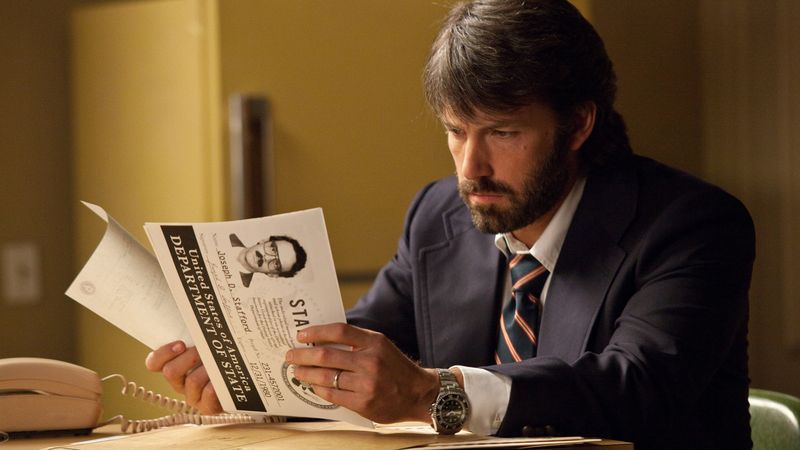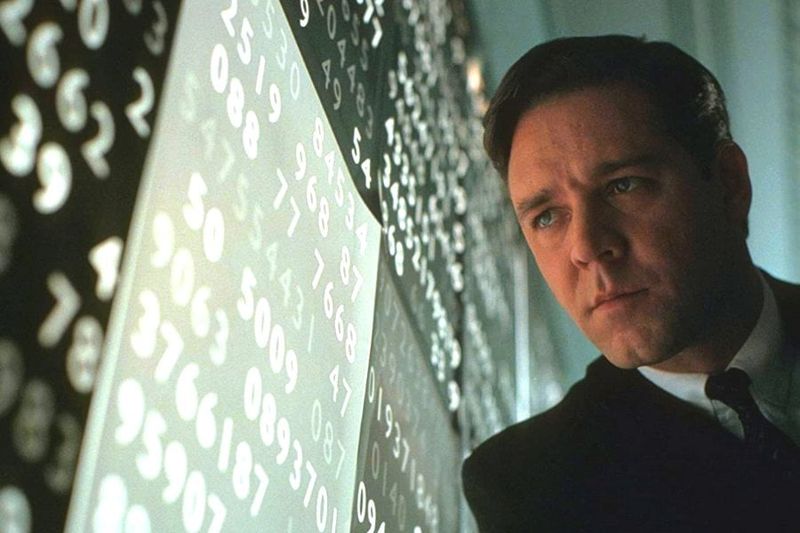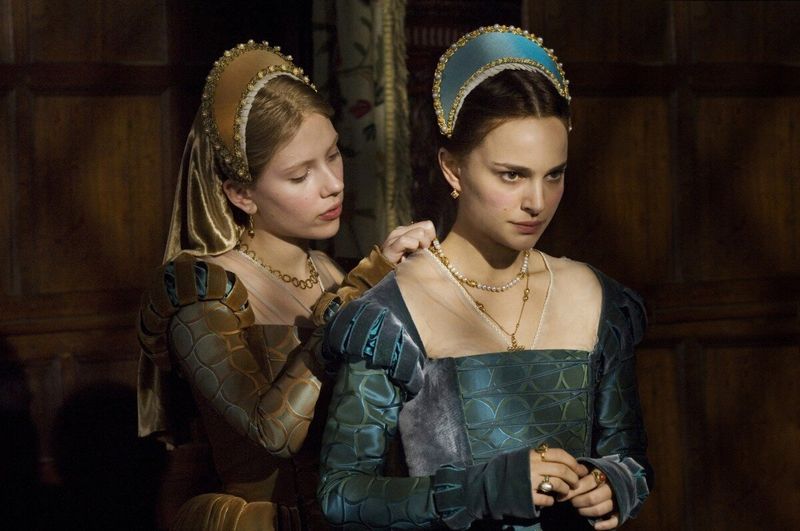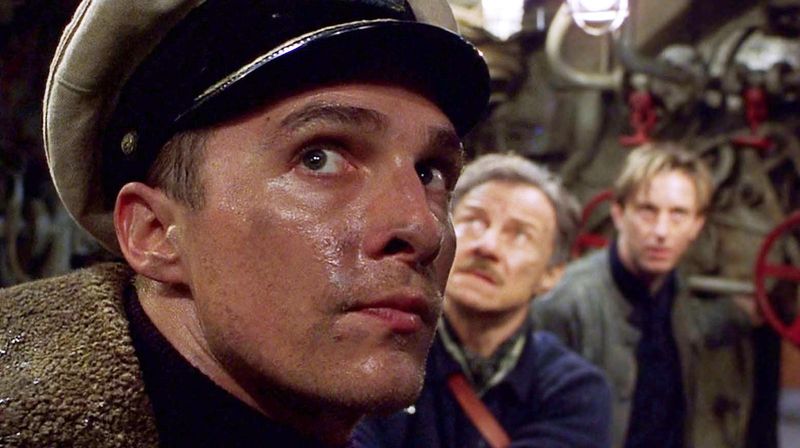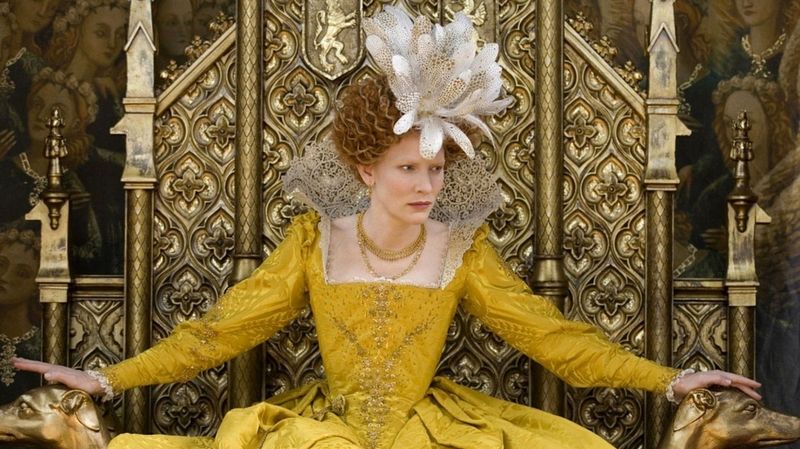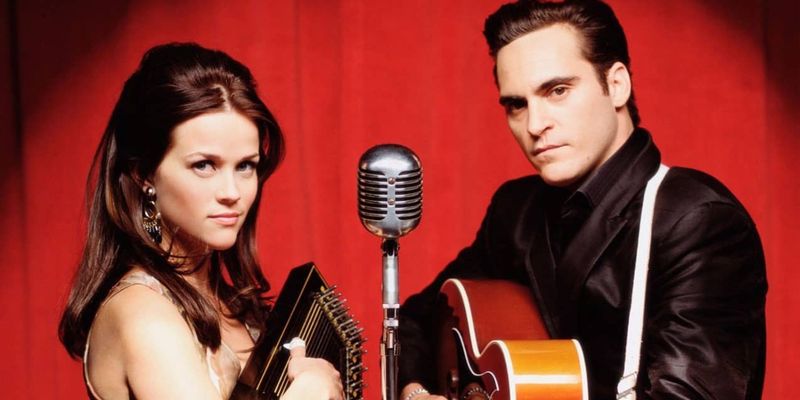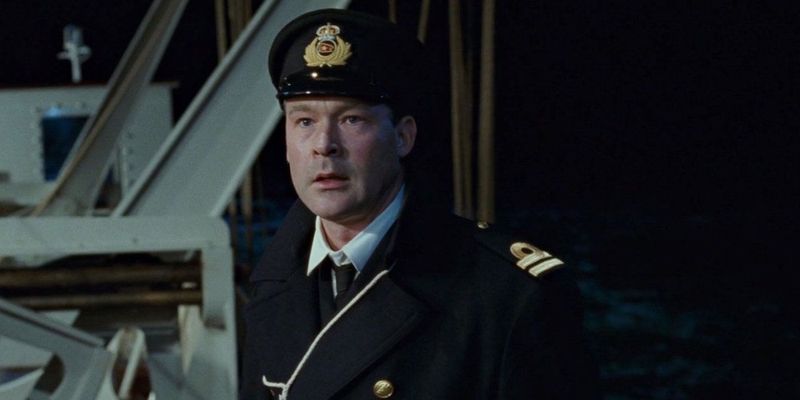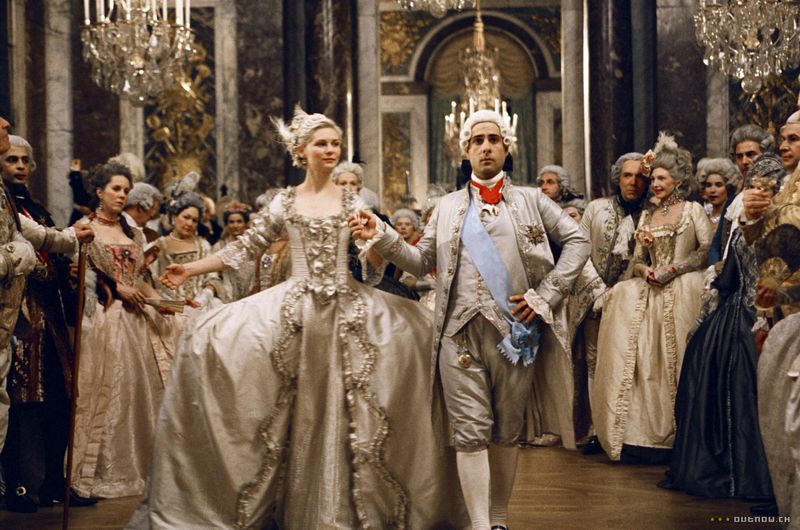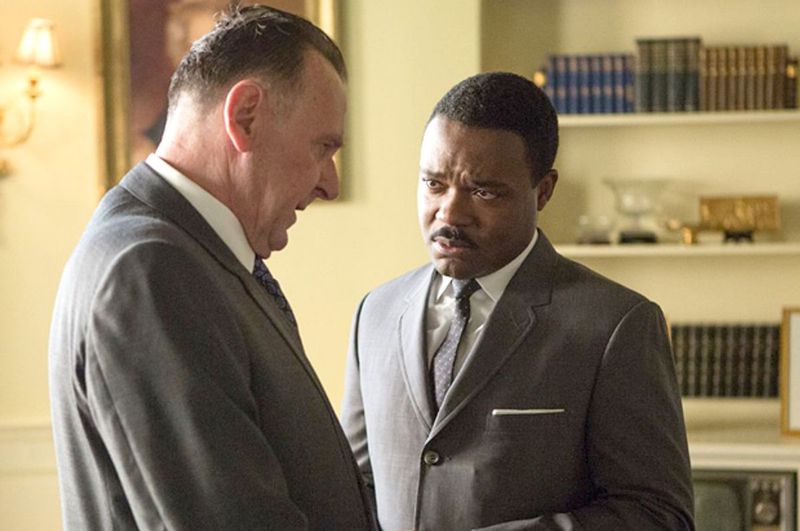Let’s face it—Hollywood loves drama more than accuracy. While historical films may win Oscars, they often play fast and loose with the facts, turning complex figures into caricatures and rewriting history for box office flair. Here are 17 historical movies that totally misrepresented the real people they portrayed—and the truth is way more interesting.
1. Braveheart (1995) – William Wallace
In “Braveheart,” William Wallace is portrayed as a kilt-wearing, face-painted warrior. However, this imagery is historically inaccurate. Kilts hadn’t been invented, and face paint was not used during Wallace’s time. Wallace was actually a minor nobleman with significant political influence rather than a commoner. This portrayal oversimplifies his complex role in the Scottish rebellion. Hollywood leaned into visual drama, creating a hero’s image that diverged from historical reality. The real Wallace’s political maneuvers were as impactful as his battlefield exploits, a nuance missed in the film’s narrative.
2. The Imitation Game (2014) – Alan Turing
“The Imitation Game” presents Alan Turing as a solitary genius who cracked the Enigma code alone. In reality, Turing was one of many brilliant minds at Bletchley Park. He collaborated extensively and had meaningful social relationships, which the film downplays. Turing’s contributions were monumental, but they were part of a larger collective effort. The film’s dramatic tension comes at the expense of historical accuracy. His complex personality and tragic story deserve a nuanced depiction, one that acknowledges both his genius and his humanity.
3. Pocahontas (1995) – Pocahontas
Disney’s “Pocahontas” romanticizes the story of a young Native American girl and English settler John Smith. In reality, Pocahontas was around 10 or 11 when she met Smith, making any romance unlikely. The film glosses over the colonial tensions that defined their interactions, focusing instead on a fictionalized love story. This narrative shift does a disservice to the real Pocahontas, whose life was shaped by complex cultural exchanges and manipulation. The truth offers a richer, albeit less romantic, tapestry of historical interactions and colonial impacts.
4. Bohemian Rhapsody (2018) – Freddie Mercury
In “Bohemian Rhapsody,” Freddie Mercury is depicted as leaving Queen for a solo career before Live Aid. This is a dramatic embellishment; Queen never officially split. Mercury’s solo endeavors paralleled the artistic explorations of other band members. The film’s narrative twist caters to dramatic storytelling rather than historical fidelity. The actual dynamics within Queen were more collaborative and less fraught than portrayed. Mercury’s unique talent and charisma shone through, both as a solo artist and as part of Queen. His story is one of complex creativity, not division.
5. The Greatest Showman (2017) – P.T. Barnum
“The Greatest Showman” offers a sanitized version of P.T. Barnum’s life, painting him as a champion of diversity. In truth, Barnum exploited marginalized individuals for profit, including people with disabilities and racial minorities. His early career even involved owning a slave. The film’s portrayal glosses over these ethical concerns, creating a feel-good narrative that diverges from historical reality. Barnum’s legacy in entertainment is undeniable, but his methods were far from the inclusive image presented. The truth is a story of ambition, exploitation, and showmanship, not altruism.
6. JFK (1991) – Jim Garrison
Oliver Stone’s “JFK” depicts Jim Garrison as a lone hero uncovering a conspiracy, but his case was widely criticized as flawed and politically driven. Garrison’s investigation into the Kennedy assassination involved questionable legal practices and was largely discredited. The film’s narrative creates a compelling dramatization but stretches historical truth. Garrison’s real-life pursuit was not the clear-cut justice-seeking shown on screen. Instead, it was a controversial and convoluted endeavor. The film captures intrigue but at the cost of accuracy, simplifying a complex historical episode.
7. Amadeus (1984) – Wolfgang Amadeus Mozart & Antonio Salieri
The film “Amadeus” portrays a bitter rivalry between Mozart and Salieri, a narrative with little historical basis. Evidence suggests they were not enemies, and Salieri even supported Mozart and his family. The portrayal of Salieri as a jealous antagonist creates dramatic tension but distorts reality. Their relationship was likely professional and respectful. Salieri’s supposed vendetta against Mozart is more fiction than fact. The film captivates with its storytelling but sacrifices the truth of their interactions. Their shared world of music was competitive, yet collegial, not adversarial.
8. The Patriot (2000) – Benjamin Martin (based on Francis Marion)
“The Patriot” presents Benjamin Martin as a heroic family man, glossing over the darker aspects of his real-life inspiration, Francis Marion. Marion, a slaveholder, engaged in brutal tactics against Native Americans. The film whitewashes his legacy, focusing on noble ideals instead of historical truths. This sanitized narrative underscores Hollywood’s tendency to prioritize entertainment over accuracy. The real story is one of complexity and moral ambiguity, where the fight for freedom intersected with deep-seated societal injustices. The film’s version misses the multifaceted reality of its historical source.
9. Argo (2012) – Tony Mendez and the Canadian Embassy
“Argo” dramatizes the rescue of American hostages in Iran, emphasizing the CIA’s role and downplaying Canadian contributions. In reality, Canada’s involvement was crucial, and the operation was a collaborative effort. Hollywood’s portrayal skews the historical narrative, positioning the CIA as the primary hero. The real mission was marked by international cooperation and clever diplomacy. The film’s focus on American ingenuity overshadows Canada’s significant and selfless role. While the suspense is palpable, the historical record reveals a more nuanced picture of teamwork and trust between nations.
10. A Beautiful Mind (2001) – John Nash
In “A Beautiful Mind,” John Nash’s schizophrenia is depicted with visual hallucinations, a creative liberty not aligned with reality. Nash’s delusions were auditory, and his journey through mental illness was more intricate than portrayed. The film simplifies his recovery and personal struggles for dramatic effect. Nash’s genius was evident, yet his life was also marked by complex challenges, both personal and professional. The film’s portrayal captures the essence of his brilliance but lacks the depth of his psychological experiences. His real story is one of resilience and intellectual triumph.
11. The Other Boleyn Girl (2008) – Anne & Mary Boleyn
“The Other Boleyn Girl” dramatizes a rivalry between Anne and Mary Boleyn, a narrative largely invented for intrigue. Historical records don’t support such animosity between the sisters. The film’s portrayal leans heavily into sensationalism, sacrificing factual integrity. Their lives were shaped by the tumultuous Tudor court, but not as adversaries. The real story is one of familial ambition within a politically volatile environment. This fictionalized feud provides drama but strays far from the historical reality of their relationship. Their legacy is intertwined with history’s complexities, not petty rivalries.
12. U-571 (2000) – U.S. Navy captured Enigma machine
“U-571” depicts the U.S. Navy capturing an Enigma machine, a tale that distorts the true heroics of the British Royal Navy. The first successful capture happened when British forces seized an Enigma from a German U-boat. Hollywood’s retelling sparked criticism, even from British Prime Minister Tony Blair, who called it “an affront to British sailors.” The film prioritizes American heroism, overshadowing the bravery and strategic brilliance of the actual events. The truth reveals a story of international cooperation and wartime valor, not individual glory.
13. Elizabeth: The Golden Age (2007) – Queen Elizabeth I
In “Elizabeth: The Golden Age,” Queen Elizabeth I is shown as a warrior queen, clad in armor and leading troops. Reality paints a different picture; Elizabeth delivered rousing speeches, but never physically led a battle. The film amplifies her martial image for cinematic flair. Elizabeth’s true strength lay in her intellect and leadership, commanding respect and inspiring her nation from behind the scenes. Her reign was marked by strategic brilliance rather than battlefield exploits. The film’s dramatization creates a captivating spectacle but diverges from her historical narrative.
14. Walk the Line (2005) – Johnny Cash
“Walk the Line” focuses on Johnny Cash’s romance with June Carter, minimizing other aspects of his life. While their love was genuine, the film omits significant elements, like his first marriage and struggles with addiction. This selective storytelling crafts a compelling love story but neglects the full scope of Cash’s personal and artistic journey. His life was a tapestry of triumphs and trials, interwoven with passion and pain. The film’s portrayal captures his musical legacy yet simplifies the complexities of his personal life. Cash’s narrative is one of resilience and reinnovation.
15. Titanic (1997) – The Ship’s Crew
“Titanic” controversially depicts First Officer Murdoch committing suicide after shooting passengers, a scene that outraged historians and his relatives. Surviving accounts praised Murdoch for his heroic actions during the ship’s sinking, trying to save as many lives as possible. The film’s dramatic license distorts the actions of a man remembered for his bravery. This portrayal underscores Hollywood’s willingness to embellish personal stories for emotional impact. The truth of Murdoch’s character is one of courage and commitment, not tragedy and disgrace. His legacy is a testament to valor under duress.
16. Marie Antoinette (2006) – Marie Antoinette
In “Marie Antoinette,” the queen is portrayed as a frivolous party girl, a depiction that overlooks the political dynamics of her reign. While she enjoyed luxury, the film amplifies these aspects, sidelining the broader economic and social crises already plaguing France. Marie Antoinette’s political influence was limited, and her portrayal serves more as a cultural caricature than a historical account. Her real-life challenges encompassed navigating complex court politics and public scrutiny. The film’s narrative captures her opulence but misses the broader context of her constrained power and misunderstood legacy.
17. Selma (2014) – Lyndon B. Johnson
“Selma” suggests President Lyndon B. Johnson was reluctant to support civil rights, a portrayal contested by historians. Johnson was actually a key ally of Martin Luther King Jr., playing a significant role in passing the Voting Rights Act. The film’s narrative tension relies on a simplified depiction of their relationship. In reality, Johnson’s presidency was marked by complex interactions and strategic support for civil rights advancements. The film captures the era’s urgency but misses the depth of Johnson’s political engagement. His legacy is one of significant contributions to social progress.
